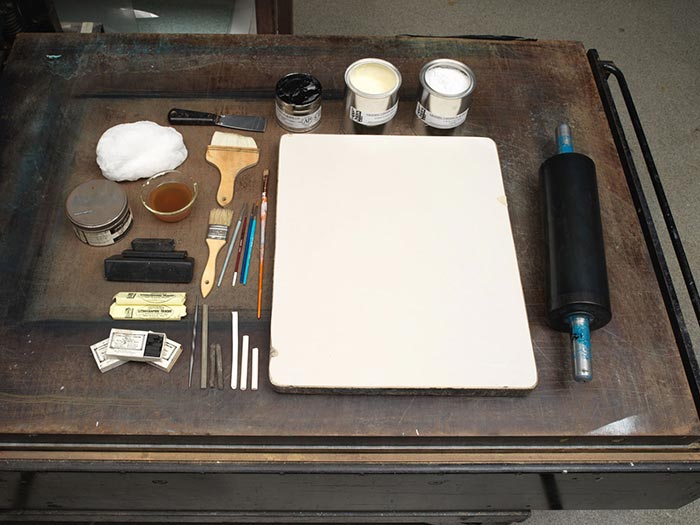Speeding on the Darktown Track: Go It Fancy, Nebber Mind de Wheel -- Dere Ain't No Rumatic Tire to Us
Thomas B. Worth American
Publisher Currier & Ives American
Not on view
The late nineteenth-century Darktown prints by Currier & Ives depict racist stereotypes that are offensive and disturbing. The Metropolitan Museum of Art preserves such works to shed light on their historical context and to enable the study and evaluation of racism.
In this print, a caricatured Black man (African American) is shouting as he drives a falling-apart sulky cart pulled by a skinny black donkey racing to the right. The driver is wearing a green jacket (with long, pointed tails flying behind him) and yellow pants. Trailing behind the cart and driver are a deck of cards (freed from the man's pocket), and parts of the cart. One ot the wheels is high up in the air, and the rubber is separating from the remaining wheel (a pneumatic tire, not a "rumatic tire" as the title suggests). The donkey is also throwing off its horseshoes. The judge's stand and the grandstand are In the right background. The print's title and caption are imprinted in the bottom margin. Also see the companion print, "A Darktown Trotter Ready for the Word: Now den say go! And see Fancy Pranks bust de record wif dis ball bearin bike." (Peters 268; Gale 1561; Metropolitan Museum of Art accession no. 52.632.136).
Nathaniel Currier, whose successful New York-based lithography firm began in 1835, produced thousands of prints in various sizes that together create a vivid panorama of mid-to-late nineteenth century American life and its history. People eagerly acquired such lithographs featuring picturesque scenery, rural and city views, ships, railroads, portraits, hunting and fishing scenes, domestic life and numerous other subjects, as an inexpensive way to decorate their homes or business establishments. As the firm expanded, Nathaniel included his younger brother Charles in the business. In 1857, James Merritt Ives (the firm's accountant since 1852 and Charles's brother-in-law) was made a business partner; subsequently renamed Currier & Ives, the firm continued until 1907. The artist of this print is Thomas Worth, a prolific nineteenth-century illustrator who excelled at drawing horses and other subjects, many of which were made into lithographs published by Currier & Ives.

